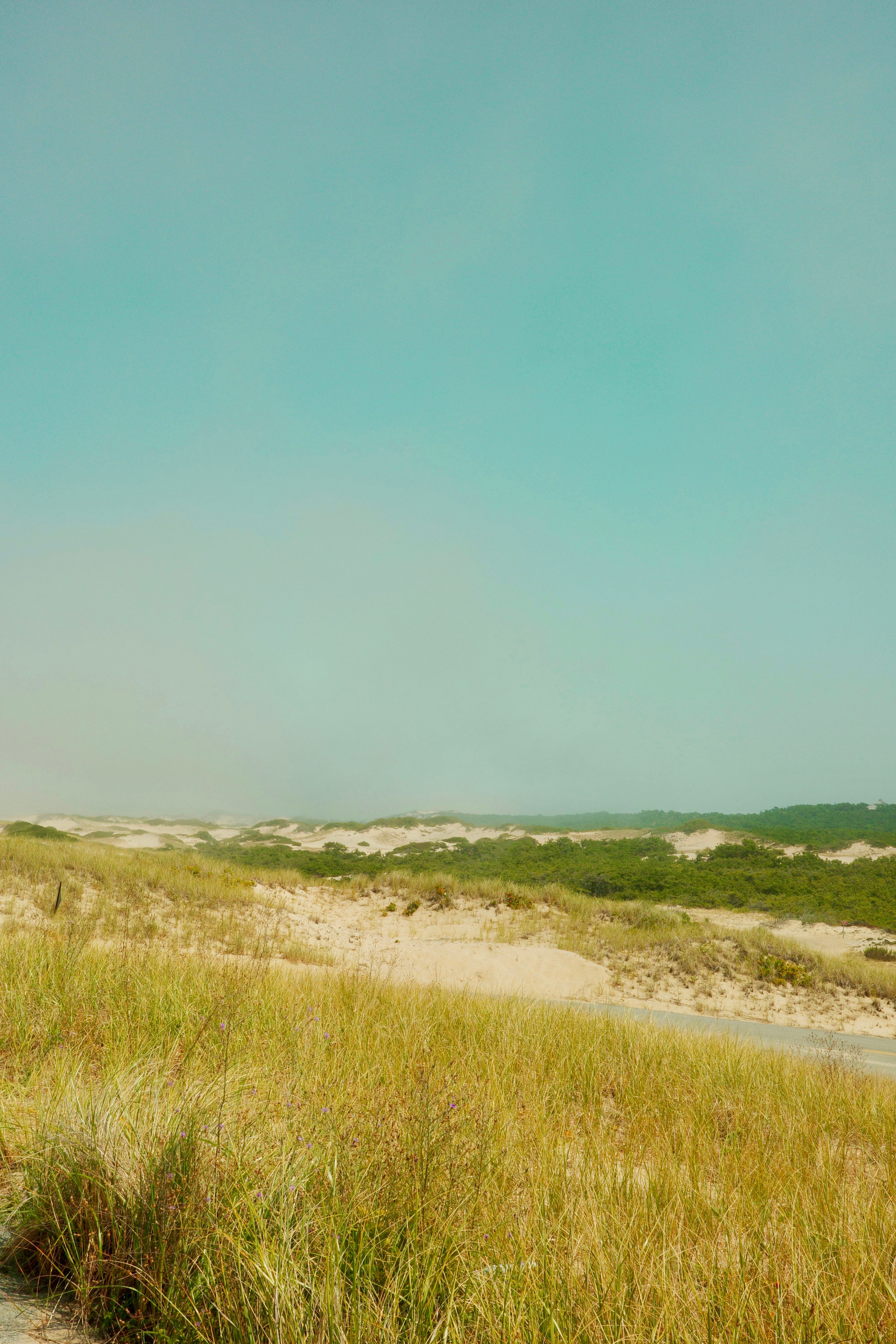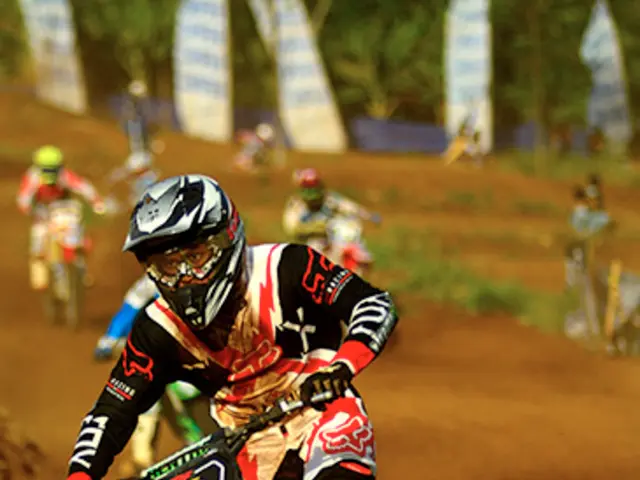Amazon Researcher's Tragic Demise: Comrades Complete Book Three Years After
A symphony of hope and despair fills the pages of the recently published book "How to Save the Amazon," co-authored by the late British journalist Dom Phillips and other contributors. Killed while researching this ambitious work in June 2022, Phillips' friends vowed to complete the project, and three years later, they succeeded.
Published on May 28th in Brazil and the United Kingdom, the book is set for a U.S. release on June 10th. Composed of Phillips' notes, outlines, and the few chapters he had already penned, the book presents a compelling analysis of the challenges the Amazon rainforest faces and proposals for its preservation.
Accompanied by the work of other journalists, the book offers a poignant blend of Phillips' own words and contributions from fellow writers. In addition to the core team responsible for completing the book, other colleagues and friends offered assistance, including AP journalists Fabiano Maisonnave and David Biller.
Tragically, Phillips was researching his book in the Amazon's Javari Valley when he was murdered by fishermen in June 2022. Accompanying him was Brazilian expert Bruno Pereira, who had been defending local Indigenous communities from encroaching fishermen, poachers, and illegal gold miners. Their deaths made international headlines, and nine individuals have since been indicted in the incident.
Following Phillips' widow's blessing, a group of five friends took it upon themselves to carry forward the project. Led by Jonathan Watts, an Amazon-based environmental writer for The Guardian who co-authored the foreword and one of the chapters, the team included Andrew Fishman, the president of The Intercept Brasil, Phillips' agent, Rebecca Carter, David Davies, a former music journalist, and Tom Hennigan, Latin America correspondent for The Irish Times.
As Watts explains, finishing the book provided a means to cope with the tragedy and channel their grief into constructive action: "It was a way to not just feel awful about what had happened, but to get on with something."
At the time of his death, Phillips had traveled extensively across the Amazon and had completed an introduction and a majority of the book's planned chapters. He also left an outline of the remaining chapters and numerous pages of handwritten notes, some barely legible.
With many challenges ahead, including ensuring the book captured a shift in Brazil's political approach to the Amazon, the team carefully selected writers for the remaining chapters, covering topics ranging from Brazilian bioeconomy initiatives to global funding for rainforest preservation. Indigenous leader Beto Marubo of the Javari Valley co-wrote an afterword, and the group launched a successful crowdfunding campaign to finance additional reporting trips.
The finished book of over 300 pages presents a stark reality of the state of the Amazon, alternating between fragments of hope and grim statistical evidence. In 'Cattle Chaos,' Phillips notes that 16% of Brazil's Amazon already converted to pasture, even as farmers who increase productivity without clearing most of their land still face criticism for excessive use of fertilizers.
Similarly, in the chapter on bioeconomy, journalist Jon Lee Anderson visits a reforestation initiative but questions its scalability and reproducibility given the threats posed by man-made forces and climate change.
In the foreword, the organizers state that "Like Dom, none of us was under any illusion that our writing would save the Amazon, but we could certainly follow his lead in asking the people who might know." Yet, Watts believes that the book carries a different, essential message: "The most important thing is that this is all about solidarity with our friend and with journalism in general."
The book "How to Save the Amazon," recently published as a blend of environmental-science and health-and-wellness journalism, offers compelling perspectives on the challenges faced by the Amazon rainforest and proposals for its preservation. Authors of the book, led by Jonathan Watts, aimed to channel their grief into constructive action following the tragic death of co-author Dom Phillips. As Watts explains, the book also symbolizes solidarity not only with Phillips but also with journalism in general.
The book provides an engaging mix of science and entertainment, including the interspersing of stories about the Amazon's struggles with insights from various authors, such as Jon Lee Anderson in the bioeconomy chapter questioning the scalability of reforestation initiatives due to man-made forces and climate change.
Additionally, the environmental book market has gained an interesting addition with the release of "How to Save the Amazon," discussing topics like Brazilian bioeconomy initiatives, global funding for rainforest preservation, and the persistent dangers faced by Indigenous communities and their defenders like the late Bruno Pereira.








